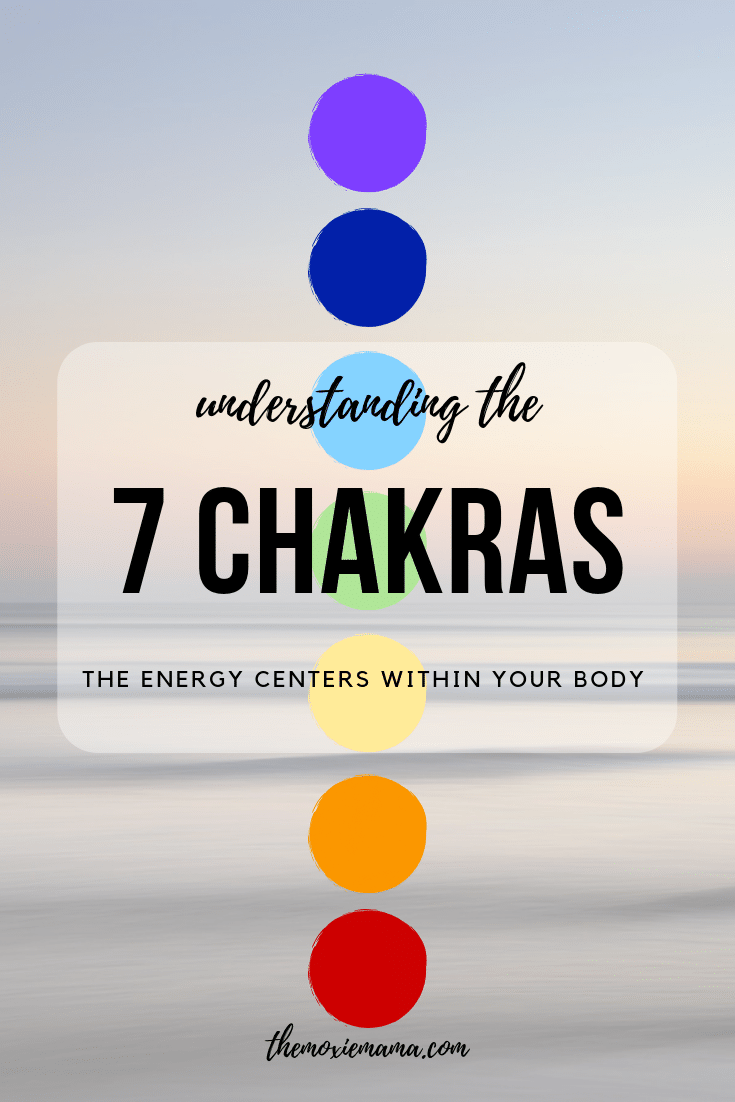Back in July, I decided that I needed to change up my fitness routine. I was bored and burnt out from running and lifting weights. I had completed my half marathon at the end of April and since then, found it very challenging to stick to a fitness routine.
Back in my late college years, I had taken a yoga class and really enjoyed it. Off and on throughout the years I had come back to yoga when I felt the need to get “back to my roots.”
Many of the people that I know have found themselves going back to yoga after long bouts of hard exercise as a way to rejuvenate and regroup. From talking to them, I realized that not many people know that much about yoga and it’s roots. Many people don’t even know that there are different forms of yoga that offer numerous methods of self-discovery, personal transformation, and enlightenment. Below are some of the various forms of yoga available today.
Forms of Yoga
Hatha yoga. Hatha Yoga— a general category that includes most yoga styles—is known for the asanas (yoga postures). It is thought that by perfecting the body, creating a healthy mind and body, and increasing Kundalini (dormant energy) upwards along the spine, the body can become better equipped for yogic awakening. Traditional Hatha Yoga consists of asanas (postures); shat karmas (six cleansing techniques); pranayama (breath control); bandhas (locks for the regulation of Prana and Kundalini); Mudras (seals for the regulation of Prana and Kundalini); and samadhi (self-realization).
Karma yoga. Karma yoga is the yoga of service or self-transcending action. It deals with both the quality and the motivation of our action. In karma yoga, the yogi directs actions towards God. By serving God and humankind without self-interest, egotism, or attachment, the heart becomes pure, ego fades, and one becomes enlightened.
Bhakti yoga. Bhakti yoga is the yoga of devotion. It consists of prayer, singing, devotional practices, scripture study, a celebration of God, service, and rituals. The goal of Bhakti yoga is a total self-surrender to God.
Jnana yoga. Jnana yoga is the yoga of wisdom. It is based on self-study and suggests that God-consciousness cannot be developed by our minds and actions. It is based on faith and encourages us to look and discover instead of following and believing by removing the obstacles of our delusions and illusions.
Kundalini yoga. Kundalini yoga is an ancient art and science that deals with the alteration and expansion of consciousness, the emerging and building of Kundalini Energy up the spine through the Chakras (energy centers).
Raja yoga. Raja Yoga is known as the kingly yoga. This form of yoga is credited to Patanjali who first codified this system in Yoga Sutras (see below). This system is also called Ashtanga Yoga or eight-limbed Yoga. Hatha Yoga may often be included in conjunction with Raja yoga; however, many also view it as a separate form of yoga.
Kriya yoga. Kriya Yoga refers to actions created to remove obstructions from the body and mind. Kriya yoga includes mantras, meditation, and other techniques used to control the life-force, develop calmness, and encourage body and mind control. The goal of Kriya yoga is to unite with pure Awareness (God), or Self-awareness (Cosley, 2018).
Tantra yoga. Derived from Hindu Tantric Manuscript is the ritualistic practices designed to exercise human energetic potential in order to break through ignorance, material attachment, and spiritual laziness.



